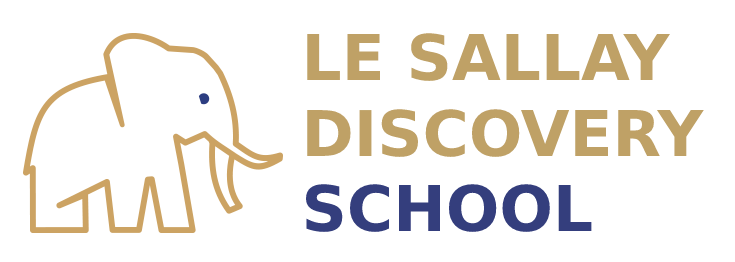Curriculum
Our engaging and academically rigorous curriculum is developed and customized in accordance with our learning model. Our approach to learning is based on developing critically important skills, such as the understanding of conceptual relationships, creative problem-solving, and critical thinking.
Our school does not have classes with fixed rosters. Students of different ages study in small 4-7 person groups. Every student has an individual learning plan that takes into account their education goals. The study plans are finalized after the September on-site sessions when the teachers have had a chance to assess the students’ current level and group students that best fit together.
In our curriculum, every subject area is subdivided into several courses of varying duration: one academic year in humanities and languages and courses of varying length in STEM. Each course combines several interrelated disciplines that are usually separated in a traditional school.
Our school does not have classes with fixed rosters. Students of different ages study in small 4-7 person groups. Every student has an individual learning plan that takes into account their education goals. The study plans are finalized after the September on-site sessions when the teachers have had a chance to assess the students’ current level and group students that best fit together.
In our curriculum, every subject area is subdivided into several courses of varying duration: one academic year in humanities and languages and courses of varying length in STEM. Each course combines several interrelated disciplines that are usually separated in a traditional school.
Academic Subjects
Every student's learning plan includes 6 subjects: 2 courses in humanities, 2 science courses, mathematics, and one foreign language.
- Humanities
- Social studies (history, geography, social studies, history of world culture)
- English and world literature (English, history of literature, history of world culture)
Literature and linguistic aspects are taught as a combined language arts curriculum. Art history is also incorporated into this humanities curriculum. As students learn about each literary period, they also encounter the visual and performing arts of that period.
We consider writing to be a cornerstone skill. Each trimester, students produce an independently researched, fully cited, carefully edited and organised essay for final evaluation. Students also write smaller, more informal pieces throughout the semester, including research notes, short stories, satirical responses, book reviews, and more. - STEMOur approach to teaching mathematics and sciences is based on interdisciplinarity and the permanent cross-over between different areas of knowledge. An individual learning pathway is created for each student, enabling them to proceed from their current knowledge level, creating a comfortable learning environment.
STEM courses include- Sciences 1 (astronomy, physics, geology, geography)
- Science 2 (biology, chemistry)
- Math (algebra, geometry)
The mathematics course is divided into two unequal parts. In basic math teachers focus on building students' motivation and problem-solving skills. On the next level, mathematics is divided into recurring units including algebra, geometry, combinatorics, probability, logic and statistics. Students that show noticeable progress are given specialized assignments that challenge them at a different level. The flexible approach allows these students to proceed at a faster pace and to move on to the next level when they are ready, instead of waiting for their peers to reach the same level of knowledge.
The science course includes the traditional school subjects of geography, biology, chemistry, physics and astronomy. Science I is based on an interdisciplinary approach designed to teach the complex relationship between different phenomena and the different areas of human knowledge. In Year 5, students delve deeper into specific individual subjects – physics, biology and chemistry – and reach the level needed for admission to a high school that has advanced courses in the relevant subject area. - Languages
- French
French is taught at Beginner, Intermediate and Advanced levels with the aim of reaching C1, the level at which a language learner can:
- Understand a wide range of longer and more demanding texts or conversations.
- Express ideas without too much searching.
- Effectively use the language for social, academic or professional situations.
- Create well-structured and detailed texts on complex topics.
Tonya Walker, Head of Humanities, explains our approach to teaching literature, history and social sciences
Sean Berg, Head of STEM, on project-based learning and interdisciplinary approach to teaching math and sciences

